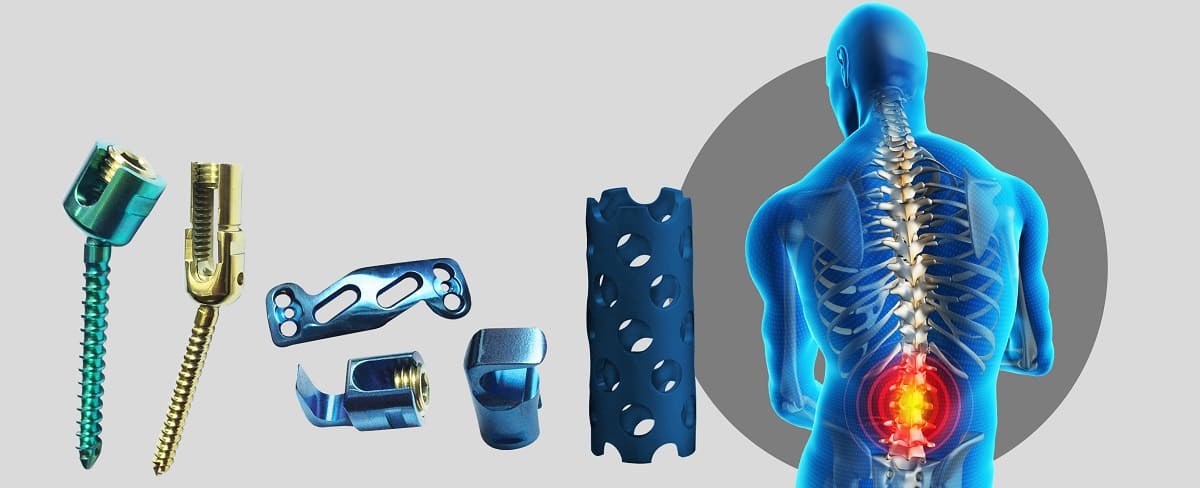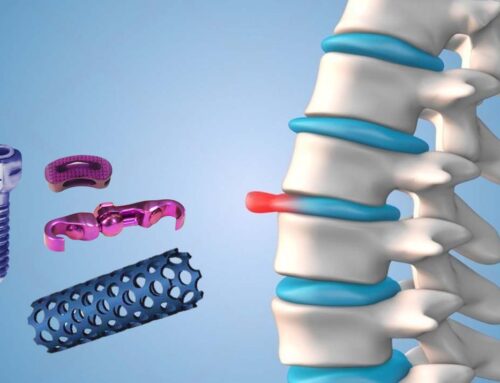Spine implants are devices used in spinal surgery to stabilize and support the spine, often after injury or degenerative conditions. They come in various types, each designed for specific purposes and conditions. Here’s an overview:
Types of Spine Implants:
Pedicle Screws: These are screws inserted into the pedicles (small bony protrusions) of the vertebrae. They provide stability and can be used in various spinal fusion procedures.
Rods and Plates: These are metal rods or plates that are attached to the pedicle screws to provide additional support and stability to the spine.
Interbody Devices: These are implants placed between the vertebrae to restore disc height, decompress nerves, and promote fusion. They can be made of metal or synthetic materials.
Artificial Discs: These devices are used to replace damaged spinal discs and maintain flexibility and motion in the spine.
Cages: Spinal cages are used in interbody fusion surgeries to maintain disc space and promote bone growth between vertebrae.
Dynamic Stabilization Devices: These implants are designed to allow controlled motion in the spine while still providing stability. They’re often used in conditions like degenerative disc disease.
Benefits of Spine Implants:
Stability: Spinal implants help stabilize the spine, reducing pain and preventing further damage.
Alignment Correction: They can correct spinal deformities and restore proper spinal alignment.
Fusion Promotion: Implants facilitate spinal fusion by providing a scaffold for bone growth between vertebrae.
Pain Relief: By stabilizing the spine and relieving pressure on nerves, implants can alleviate chronic pain caused by conditions like herniated discs or spinal stenosis.
Improved Functionality: Spinal implants can restore or improve spinal function, allowing patients to regain mobility and functionality.
Long-term Solution: In many cases, spinal implants provide a long-term solution for spinal issues, reducing the need for future surgeries.
However, it’s essential to note that spinal implant surgery carries risks and may not be suitable for everyone. Patients should discuss their options thoroughly with a qualified healthcare provider to determine the most appropriate treatment plan for their condition.





Leave A Comment